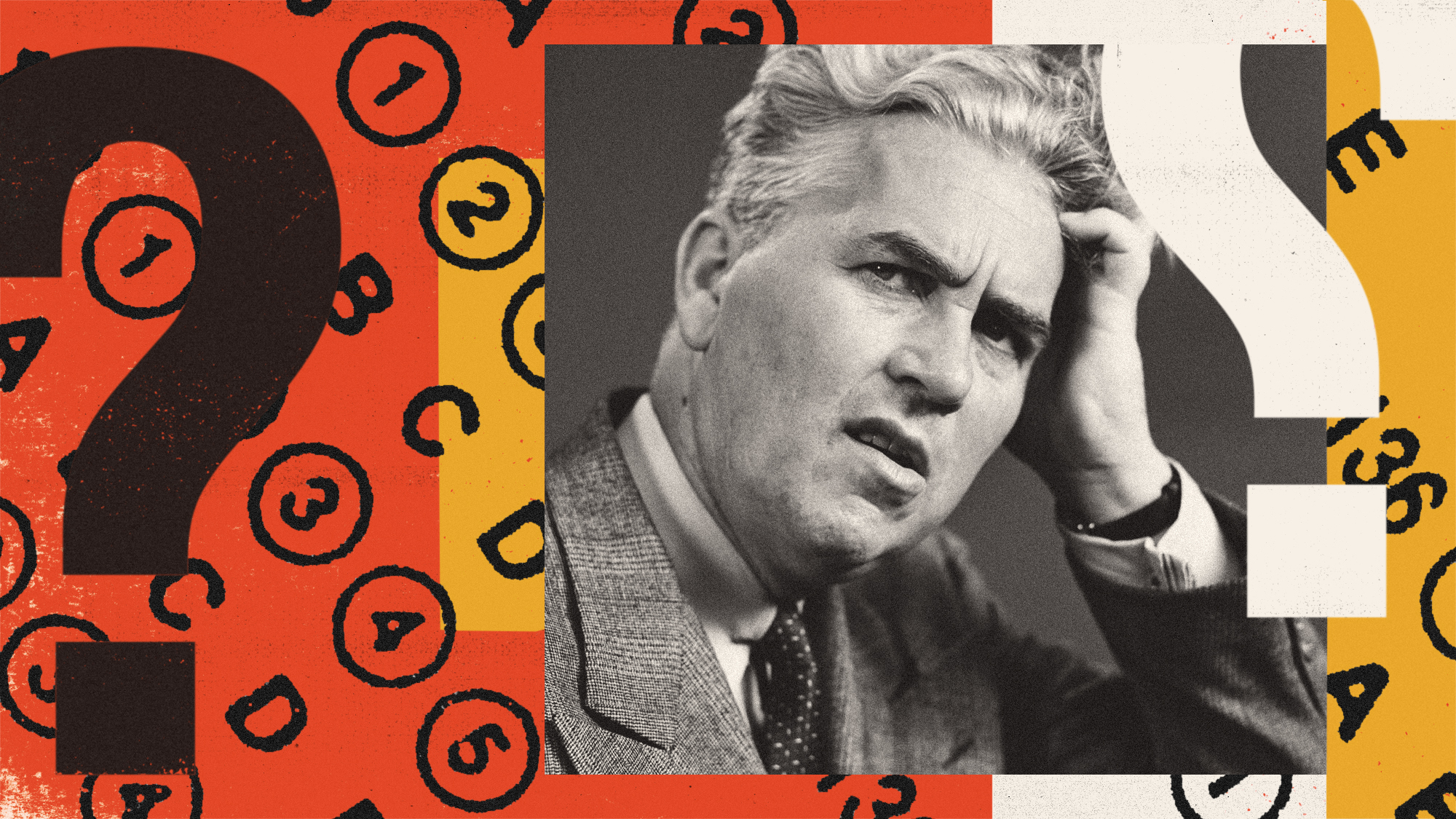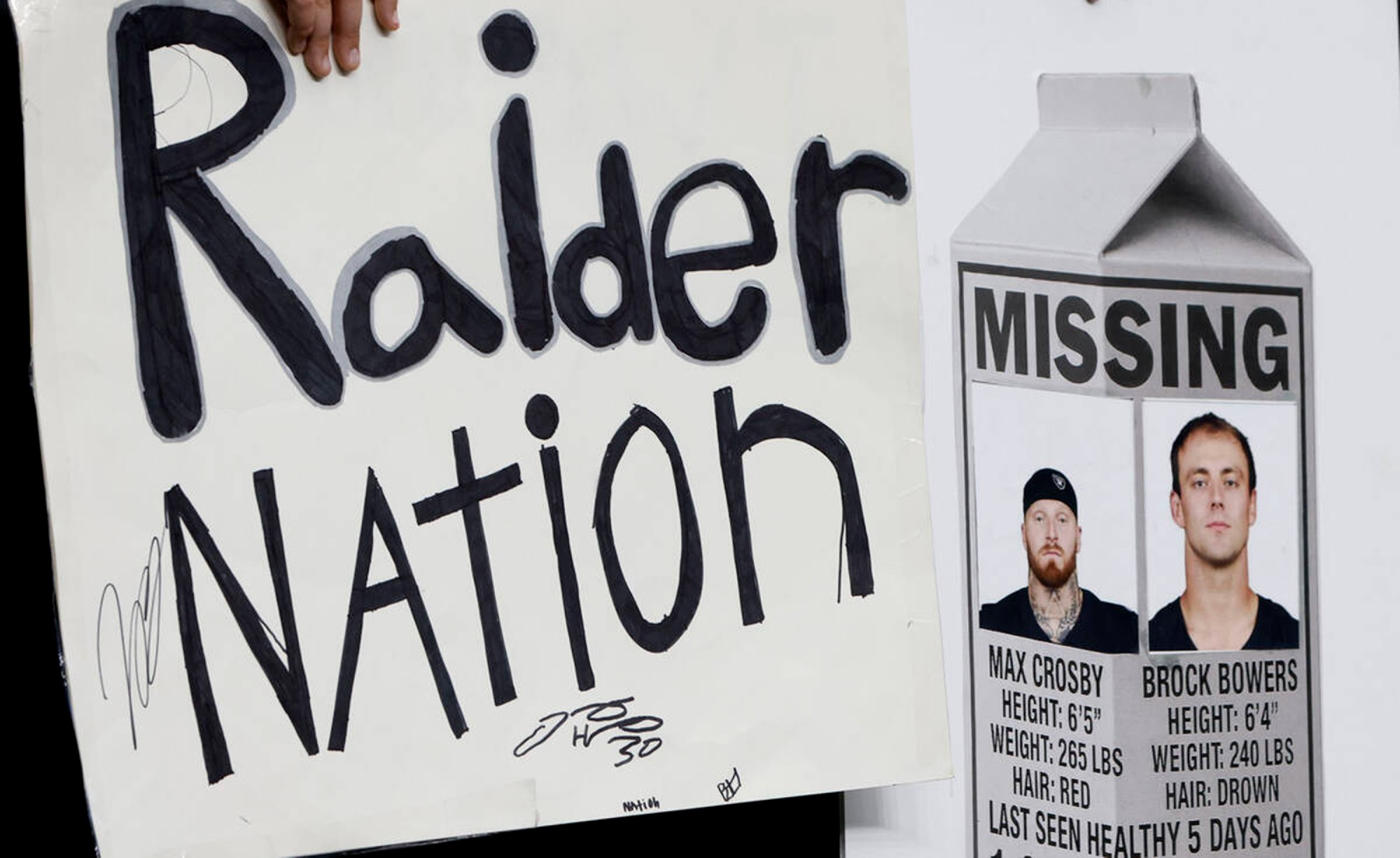Early humans probably saw a super-massive black hole in the night sky
At the heart of the Milky Way lurks a snoozing monster

At the center of the Milky Way galaxy, about 25,000 lightyears away from our tiny little blue planet, lurks a slumbering monster: A super-massive black hole that, according to astronomer estimates, is about the size of four million suns.
The date it was last active, gnashing on prodigious chunks of celestial matter and belching out powerful jets of stellar energy, has been something of a head-scratcher, though. And now, a new study from an international team of scientists may have stumbled on an answer...
Two million years ago.
The Week
Escape your echo chamber. Get the facts behind the news, plus analysis from multiple perspectives.

Sign up for The Week's Free Newsletters
From our morning news briefing to a weekly Good News Newsletter, get the best of The Week delivered directly to your inbox.
From our morning news briefing to a weekly Good News Newsletter, get the best of The Week delivered directly to your inbox.
"If we had been around to see it two million years ago, the situation would have been very different," study co-author Philip Maloney of the University of Colorado in Boulder told National Geographic. "The Milky Way's black hole was maybe ten million times brighter [then]."
Evidence of its once-immense activity can be traced to a signature radio wave emission that astronomers have since dubbed Sagittarius A*, or Sgr A* for short. The signal is currently quiet, according to Discovery News, and is "enjoying a vacation from its rocking years as an active black hole when it ate gas, dust and any unfortunate stars that strayed within its gravitational grasp." To figure out when Sgr A* was last buzzing, researchers turned their attention to a mysterious, glowing filament of gas called the Magellanic Stream, which trails two companion galaxies located near the heart of the Milky Way.
Ultraviolet radiation from the black hole eruption energized the Magellanic Stream's hydrogen gas (by splitting apart the protons and electrons in the hydrogen atoms), causing it to generate its own specific type of radiation (when the protons and electrons recombined). The amount of H-alpha emissions, the distance the brightest radiating portions of the Stream is from the galactic core and the rate at which the Stream would have cooled over time "all fits together, it all adds up," said Greg Madsen, of the University of Cambridge and co-investigator for the study. [Discovery News]
The theory suggests the Magellanic Stream may be something of a smoking gun, evidence of a massive eruption of unfathomable power when our ancient ancestors were still learning to hit things with rocks. If true, it may mean early proto-humans could gaze up at the night sky for some seriously impressive cosmic fireworks.
A free daily email with the biggest news stories of the day – and the best features from TheWeek.com
-
 The Week’s big New Year’s Day quiz 2026
The Week’s big New Year’s Day quiz 2026Quiz of the Year How much do you remember about 2025’s headlines? Put yourself to the test with our bumper quiz of the year
-
 Is tanking ruining sports?
Is tanking ruining sports?Today's Big Question The NBA and the NFL want teams to compete to win. What happens if they decide not to?
-
 ‘Netflix needs to not just swallow HBO but also emulate it’
‘Netflix needs to not just swallow HBO but also emulate it’instant opinion Opinion, comment and editorials of the day